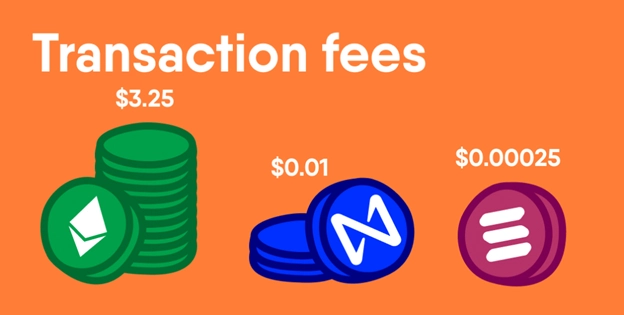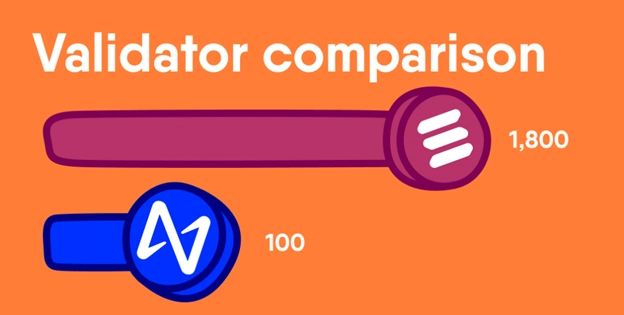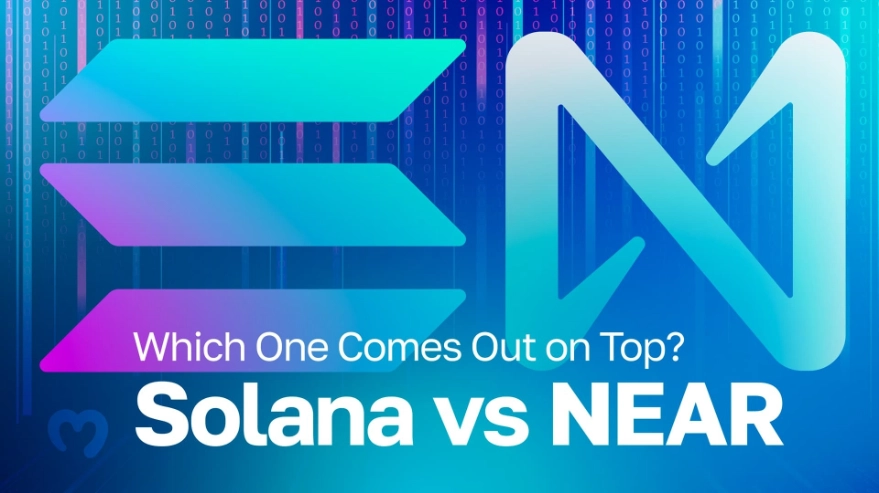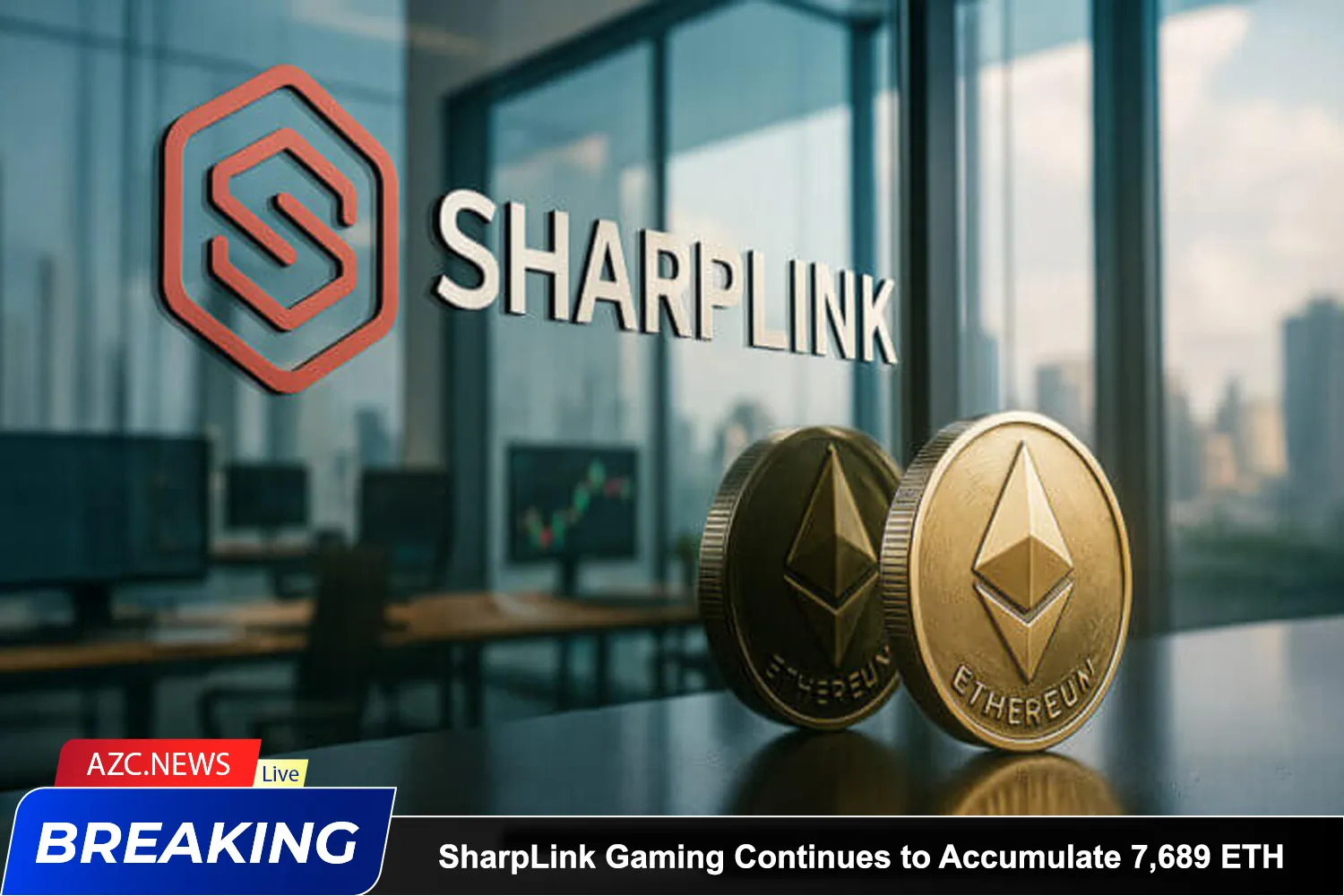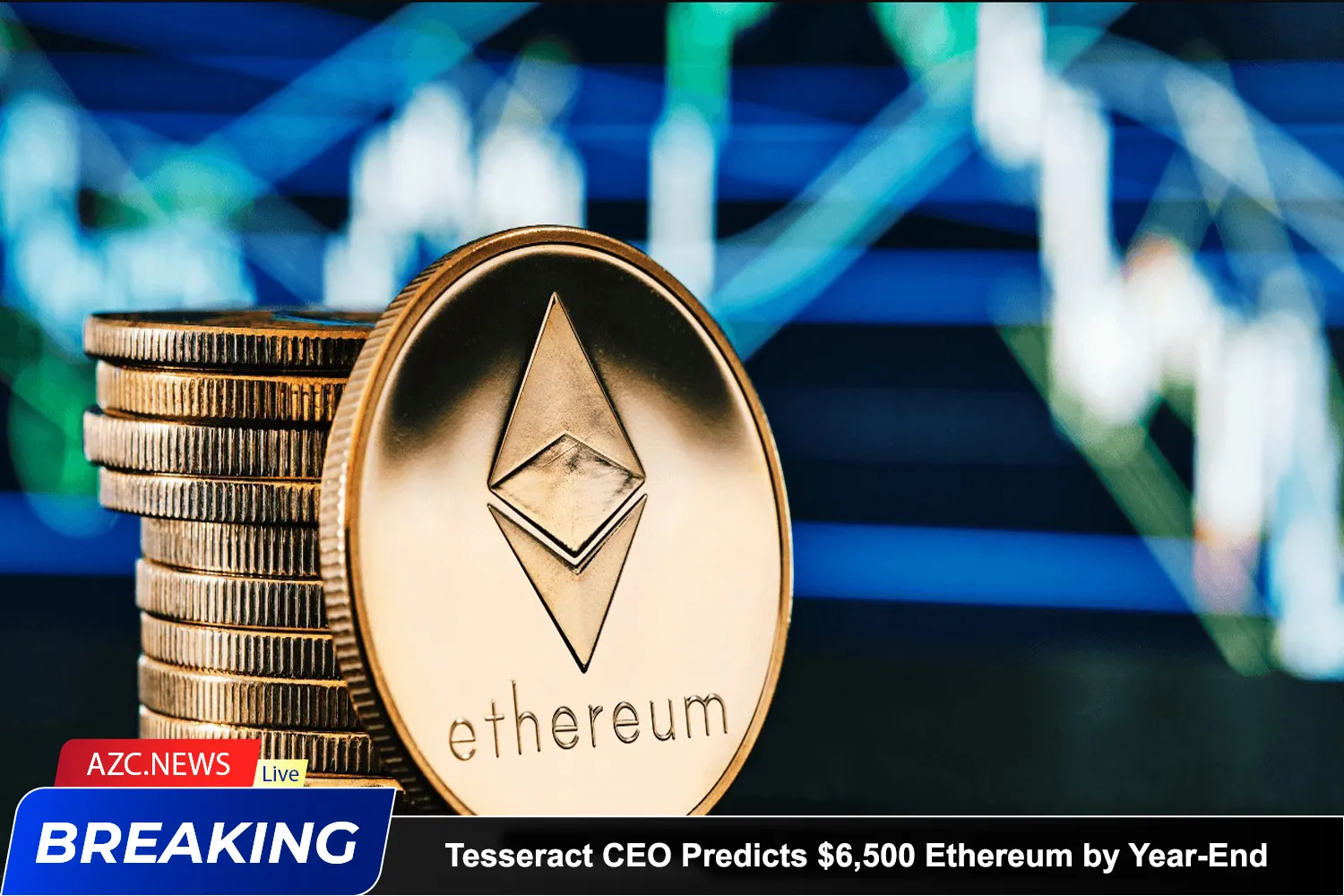Introduction
Solana, initiated in 2017 and named after the beach town Solana Beach. Where founder Anatoly Yakovenko resided, shares intriguing similarities with NEAR Protocol. Founded in 2018 by former Google engineer Ilya Polosukhin and Microsoft developer Alexander Skidanov. NEAR Protocol entered the scene shortly after Solana.
Both networks, launched in 2020, swiftly garnered institutional favor and substantial investments. Positioned as potential “Ethereum killers,” Solana and NEAR Protocol enable seamless dApp development akin to Web2 applications. This raises the crucial question: how do these platforms differ, and which one presents a superior choice? Let’s delve into a comprehensive comparison!
Which network is faster and cheaper?
NEAR Protocol and Solana share a common mission: addressing Ethereum’s primary challenges of low scalability and exorbitant transaction fees. Solana boasts the title of the fastest blockchain. achieving a remarkable 65,000 transactions per second (TPS).
In comparison, NEAR Protocol trails behind Solana with a processing capacity of up to 10,000 TPS. While Solana secures the initial victory in this speed contest. NEAR Protocol is still in development and is anticipated to reach an impressive 100,000 TPS once fully upgraded.
Both projects excel in offering significantly lower transaction fees. A stark contrast to the high fees on Ethereum. With processing speeds and fees far surpassing Ethereum’s limitations. Both NEAR Protocol and Solana emerge as successful solutions to Ethereum’s challenges.
Which project exceeds in technology?
While Solana and NEAR Protocol both embrace the Proof of Stake consensus algorithm for transaction validation. Their quest for scalability and enhanced network bandwidth takes distinct routes.
Solana leverages the Proof of History mechanism, introducing timestamping for transactions. This mechanism employs an internal clock synchronized across all nodes. Addressing node synchronization challenges and facilitating rapid transaction processing.
In contrast, NEAR Protocol adopts a sharding approach. Notably. The November 2021 introduction of the Simple Nightshade solution divided the blockchain into four data segments. Or shards, significantly bolstering network capacity and efficiency.
In terms of validators, Solana takes the lead with 1,800 validators compared to NEAR Protocol’s 100. Indicating a more centralized structure for NEAR. However, Solana’s transactions typically involve a smaller group of 150 validators. Highlighting the shared challenge for both projects to enhance decentralization.
Which token comes out on top?
Solana distinguishes itself with a robust tokenomics model, featuring the native token SOL. Used for staking and transaction fees, SOL boasts an initial total supply of 500 million tokens. Notably, Solana lacks a fixed maximum supply, as the network automatically issues new tokens each year based on the inflation rate.
NEAR Protocol introduces its native token, NEAR. Serving multiple purposes such as staking, transaction and data storage fees, and voting for proposals. With a maximum supply capped at 1 billion. NEAR adopts a unique approach by issuing an additional 5% of the total supply annually to fund validator rewards.
Solana’s inflation and staking mechanisms position it as an attractive option for long-term investments. The unique aspect of SOL lies in its ability for investors to sell a significant portion of their tokens without adversely impacting SOL’s price.
Related: Hedera and Solana: Is Hedera Better Than Solana?
Which blockchain is more secure and easy to use?
When it comes to security, NEAR Protocol takes a clear lead. Solana has grappled with a series of notable technical failures over the past few years. Extensively discussed on social media. A significant setback occurred in February 2022 when the Solana blockchain experienced a 48-hour outage. Resulting in declines in SOL’s price. The unresolved outage issues pose a potential threat to SOL’s value. While NEAR Protocol has encountered challenges of its own. They pale in comparison to those faced by its counterpart.
NEAR Protocol not only prioritizes security but also offers a user-friendly interface, making it an ideal choice for beginners. The project’s creators assert that any developer can launch their inaugural application on the NEAR Protocol blockchain within just five minutes. Despite differences, both platforms facilitate the relatively easy development of decentralized applications.
Which project has a stronger community and partnerships?
https://near.org/ vs https://solana.com/
Both projects have a strong community and millions of active users. There are now more than 20 million NEAR Protocol accounts and as many as 37 million active Solana users. And these numbers are likely to grow. What’s more, both projects boast a wide range of partnerships with other major blockchain projects and technical giants.
Recently both projects have partnered with Google. Which will further help improve user experience. The Google Cloud team will develop a block-producing Solana validator. Making it much easier for users to enter the Solana chain. Google also plans to accept SOL payments for its cloud services.
As for NEAR Protocol, it partnered with Google Cloud to support its developers as they build decentralised applications and WEB3 projects. Now, projects building on NEAR will benefit from Google Cloud’s developer-friendly infrastructure.
Bottom line
To sum up, Solana is super fast and cheap, as well as boasts a strong tokenomics model. NEAR Protocol is a bit slower, but also cheap, secure and easy to use. Plus, it is still in the process of development, so more great things are to come. As you can see, both coins have their pros and cons. Both have great features and mechanisms and what’s most important is that both are still growing and show a lot of promise. So the choice of the winner among both of these is all yours!
 OMN
OMN  BTC
BTC  ETH
ETH  USDT
USDT  XRP
XRP  BNB
BNB  SOL
SOL  USDC
USDC  TRX
TRX  DOGE
DOGE 

